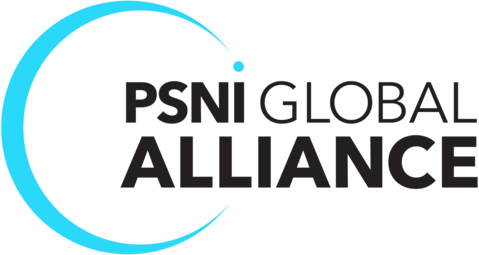We asked our Global Technology Partners about what they are seeing in the dynamic landscape of Europe’s AV industry. They shared insights into three critical categories, where innovation, evolution, and groundbreaking shifts are ready to challenge and inspire AV professionals.
Technology
The AV technology landscape remains highly dynamic, continuously changing to address the evolving needs of users and businesses. This persistent advancement not only reflects the current state of AV but also plays a crucial role in shaping the future, promising transformative and enhanced AV experiences.
Significant growth in AI-powered AV solutions
According to Anika Cai at Yealink, “There is increasing availability and adoption of AI-powered solutions that can elevate the general user experience and optimize the efficiency of contemporary meetings.” AI integration is becoming essential in AV solutions, offering functionalities such as biometric recognition, language processing, noise reduction, intelligent process control, and emergency recognition. AI technology is proving effective in cost reduction and productivity enhancement, and it presents an appealing choice for businesses striving to maintain competitiveness in the market.
Increased demand for high-quality displays
The burgeoning growth of video content is driving a surge in the demand for high-quality displays, enabling users to access information precisely when needed. “An emerging trend within the ‘age of video’ is a shift towards more cost-effective, high-resolution, and dependable video displays,” says Leo Bull, EVP of Sales at VuWall. Additionally, there is a notable emphasis on environmentally friendly hardware, underscoring an increasing consciousness of sustainability considerations.
IP Video displacing RF video distribution
Across diverse sectors, including broadcast, government, corporate, and sport venues, we’re seeing an increased reliance on video usage and a widespread expansion of display technologies. This surge is intensifying the demand for network-efficient delivery of IP video. Bryan Reksten, VP of Marketing at VITEC finds that traditional video delivery methods, such as RF, are being supplanted by IP video distribution. This shift enables seamless integration of content into an organization’s IT network management, resulting in reduced complexity and costs.
Rise of USB-C over other connectivity types
With the rapid adoption of USB-C on many consumer devices, there is a growing expectation for USB-C connections in the work and school environment. Although USB-C is still in its early stages, it is here to stay. Odett Pajtok, Marketing Manager at Lightware finds that embracing technologies with long-term viability, like USB-C, not only positions businesses for the present but also allows them to ‘future-proof’ their AV operations, saving money and improving the user experience.
Economy
The impact of the Ukraine war persists in certain European markets, evidenced by a decrease in AV spending in traditionally robust regions. Despite economic challenges, the AV industry remains vital, with a discernible shift towards cost-effective solutions that strike the right balance between affordability and the incorporation of high-end technologies to enhance user experiences.
Stronger focus on consolidation and integration
Clients are increasingly prioritizing consolidation and integration projects to optimize existing systems and resources. “Some projects are opting for the simplicity of all-in-one solutions for easy and cost-effective purchasing, installation, and system design. While suitable for smaller spaces, this approach may not suffice for larger or more complex environments,” said Bart Stam, Distribution Manager EMEA at Sennheiser. It’s crucial to avoid compromising an AV company’s reputation by declining jobs that may force inappropriate installations, emphasizing the importance of a tailored approach for each project.
Rigorous cost analysis now standard for all project proposals
As Adam Levy, Senior Marketing Manager – Professional A/V Solutions at Wesco Anixter reported, “The current economic constraints have intensified the financial scrutiny of new projects. Project prioritization now hinges on assessing the ROI of AV investments and selecting projects with the potential for the greatest impact and long-term revenue growth.” To address working capital concerns, AV professionals should explore flexible, subscription-based OpEx solutions, including Conference-Room-as-a-Service.
Project delays caused by numerous contributors
Project delays are becoming more common due to the involvement of multiple entities, which can require significant time to manage. Scott Normand at SnapOne suggests that AV professionals should respond by helping prioritize projects with greater ownership by reducing dependence on third parties, which will help improve cost control. Focusing on project ownership, working with a single point of contact for AV projects, customer retention, and recurring revenue streams allows AV professionals to adeptly navigate today’s economic challenges and strategically position themselves for success.
COVID-19 Pandemic
According to a recent IDC global study commissioned by Shure, organizations face continuous pressure and challenges in a new age of multisite working. Based on insights gathered from over 600 interviews across the U.S., U.K., France, Germany, China, and Japan, IDC uncovered that truly effective hybrid working environments are few and far between.
Hybrid meetings are here to stay
During the COVID-19 pandemic, technology purchases made hastily have led to subpar audio and video solutions, failing to provide the necessary employee experience for flexible work arrangements. Consequently, there is a heightened demand from diverse customers to outfit their meeting rooms with cutting-edge technology. Improved in-office collaboration technologies and experiences are anticipated to naturally draw employees back to office work, eliminating the necessity for mandatory policies.
Unified communications continue to be high priority
According to Andrew Gildan, Vice President, Channel Sales & Revenue Operations at Korbyt, “With a focus on hybrid and remote teams, clients are prioritizing unified communication solutions for a single, cohesive user experience.” These solutions are combining wayfinding, room and desk booking, meeting room management, digital signage, and desktop/mobile tools. Unified communications enhance efficiency, supporting a flexible and collaborative work environment for on-site and remote employees.
Ongoing partnerships between AV and IT professionals
“Covid forced many AV and IT professionals to work together for the first time, to prioritize supporting the remote workforce,” observed Natalie Harris-Briggs, Marketing Director at Avocor. “While the situation is different now, ongoing teamwork and long-term partnerships remain essential.” The convergence of AV and IT has significantly reshaped the roles of system integrators, IT managers, and end-users, leading to a more significant influence of IT on AV responsibilities.
Looking forward to new solutions in 2024
In Europe, the AV industry is seeing transformative trends across technology, the economy, and responses to the COVID-19 pandemic. Maintaining agility and adaptability is crucial in swiftly responding to evolving trends. Evaluating cost-effectiveness and building partnerships to share resources and reduce costs will be helpful practices in making AV professionals successful.







